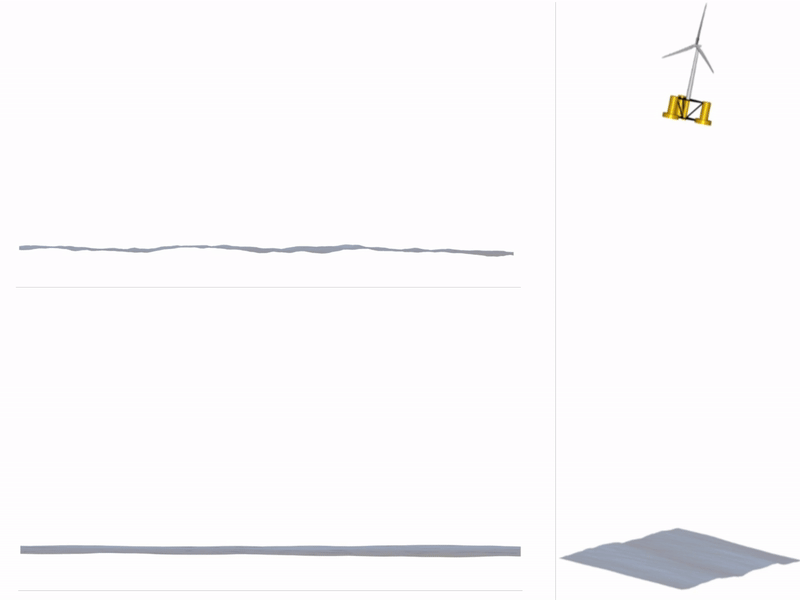Forum
Important Notice for New User Registrations
To combat an increasing number of spam and bot registrations, we now manually approve all new user registrations. While this may cause a delay until your account is approved, this step is essential to ensure the quality and security of this forum.
To help us verify your registration as legitimate, please use a clear name as user name or an official email address (such as a work, university, or similar address). If you’re concerned that we may not recognize your registration as non-spam, feel free to email us at with a request to approve your username.
Reading in Cl/alpha polars
Quote from Guido Zwart on 20. August 2024, 16:18Dear people,
We are using the Qblade to do some exercises on a VAWT. Up till now everything went fine and we’re grateful.
But now we want to import external Cl/alpha polars that Qblade was not able to produce internally (a stall strip discontinuity modelled near the leading edge). Neither the DMS analysis nor the full free wake simulation give credible results here (negative cp values). We also input polars that were made by Qblade itself: The result was comparably incredible.
Is there an issue with importing cl/alpha polars? And is there a way to solve this?
Thanks and best regards, Guido Zwart.
Dear people,
We are using the Qblade to do some exercises on a VAWT. Up till now everything went fine and we’re grateful.
But now we want to import external Cl/alpha polars that Qblade was not able to produce internally (a stall strip discontinuity modelled near the leading edge). Neither the DMS analysis nor the full free wake simulation give credible results here (negative cp values). We also input polars that were made by Qblade itself: The result was comparably incredible.
Is there an issue with importing cl/alpha polars? And is there a way to solve this?
Thanks and best regards, Guido Zwart.
Quote from David on 20. August 2024, 17:16Hello Guido,
there should not be any issues when importing polar data, as the imported data is treated exactly as if it had been generated directly within QBlade.
The predicted turbine performance is inherently dependent on the polar data used during blade design. A negative Cp value can be a credible simulation outcome, depending on factors such as the blade design (chord, radius, solidity, etc.), the simulated operating point (TSR), and the polar data (particularly lift and drag versus AoA).
Without examining some of this data, it is difficult to determine why a negative Cp is being predicted.
Again, it is important to mention that ultimately VAWT performance should be estimated via lifting line free vortex wake time domain simulations as the double multiple streamtube model for VAWT’s behaves highly inconsistent.
BR,
David
Hello Guido,
there should not be any issues when importing polar data, as the imported data is treated exactly as if it had been generated directly within QBlade.
The predicted turbine performance is inherently dependent on the polar data used during blade design. A negative Cp value can be a credible simulation outcome, depending on factors such as the blade design (chord, radius, solidity, etc.), the simulated operating point (TSR), and the polar data (particularly lift and drag versus AoA).
Without examining some of this data, it is difficult to determine why a negative Cp is being predicted.
Again, it is important to mention that ultimately VAWT performance should be estimated via lifting line free vortex wake time domain simulations as the double multiple streamtube model for VAWT’s behaves highly inconsistent.
BR,
David


